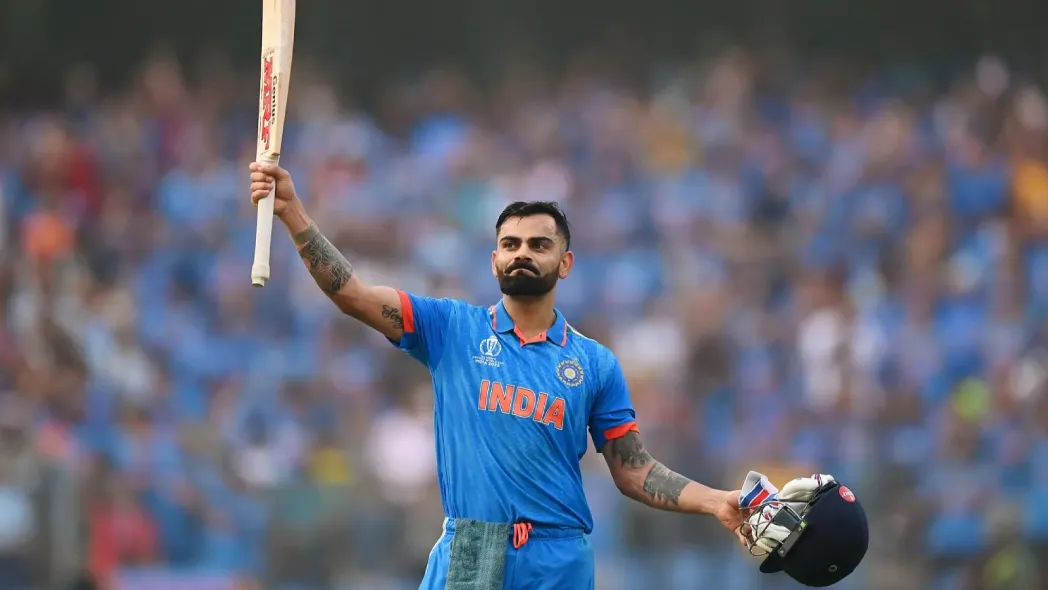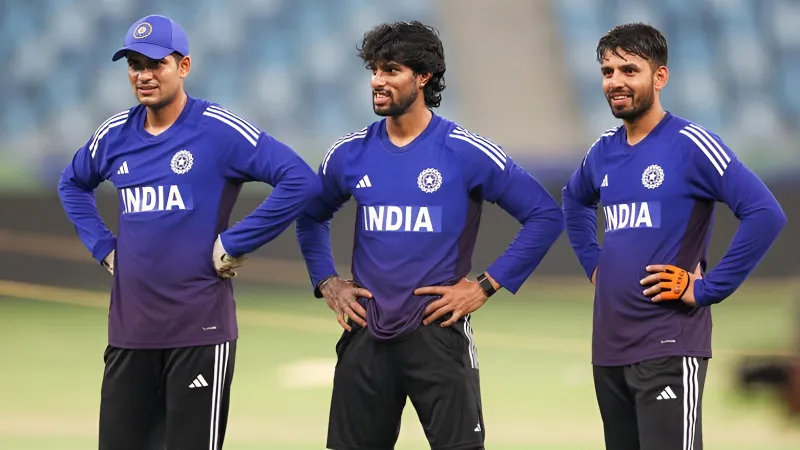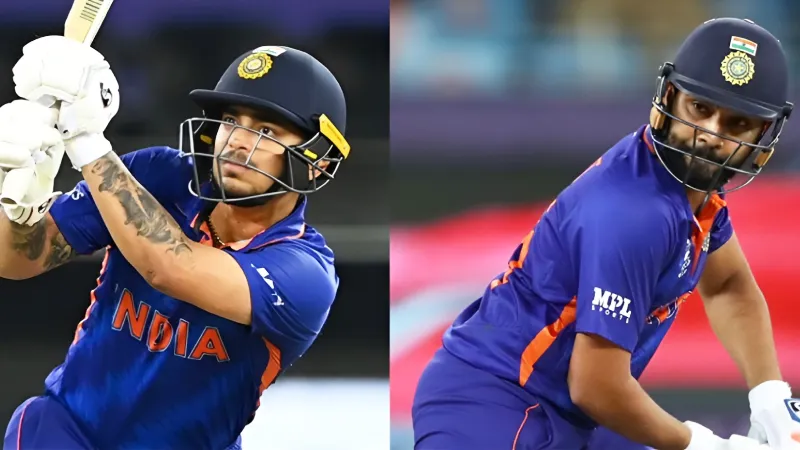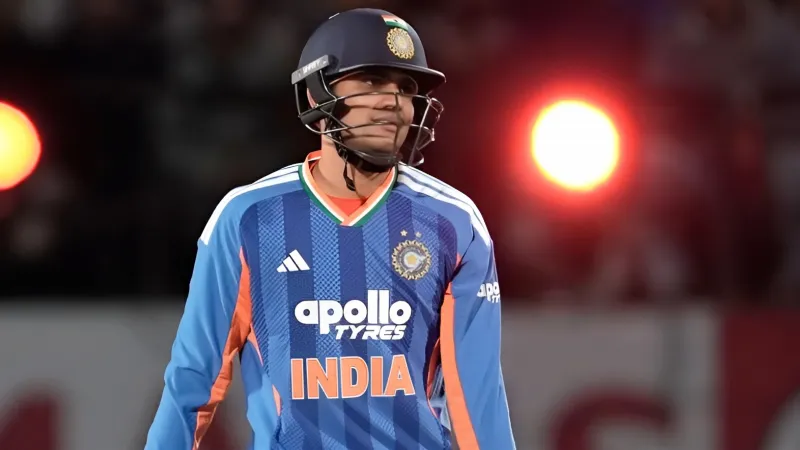What happens when India’s richest spin arsenal risks turning into its biggest headache? Ashwin’s Selection Logic before the South Africa Tests has stirred the pot not as a bowler this time, but as a selector in spirit. With Shubman Gill’s young leadership still being tested, the question isn’t just who plays, but how many. Do India gamble with four spinners in Kolkata’s November heat, or do they finally accept that too much spin choice can spoil rhythm?
India entered the two-match Test series after sweeping the West Indies 2–0, a victory powered by a confident new core under Gill. But South Africa brings a different flavour, pace-heavy challenges mixed with tactical maturity. The hosts have named four spinners: Jadeja, Kuldeep, Axar, and Washington Sundar, plus a red-hot Dhruv Jurel, fresh off twin hundreds for India A. Ashwin believes one spinner too many could hurt India’s rhythm and that a proper five-bowler balance, with Jurel as the in-form X-factor, is the smarter bet.
When Rotation Breaks Rhythm
Ashwin’s point about over-rotation isn’t theory, it’s experience. In the West Indies series, Shubman Gill shuffled his spinners like T20 change-ups, giving them short spells and expecting instant breakthroughs. The result? Control without conviction. Test spinners thrive on rhythm, working through sessions, setting up dismissals over time. Jadeja and Kuldeep, especially, need longer leashes. Too many options tempt captains to try something new, but Test cricket rewards patience, not panic. As Ashwin reminds, “you don’t win Tests by rotating in short bursts.”
When Depth Becomes Dilemma
It’s a luxury problem every captain secretly fears: too much depth. With Jadeja, Kuldeep, and Sundar almost guaranteed, Axar Patel’s case weakens despite his underrated batting. Ashwin’s logic here is simple: unless it’s a rank turner, don’t squeeze him in just to add spin. Moreover, overloading spinners disrupts batting balance. If Jadeja bats at six and Sundar at eight, that lone slot between them could decide the fate of Dhruv Jurel, an in-form batter India can’t afford to bench. The rotation issue isn’t just tactical; it’s structural.
Form That Demands a Place
Jurel’s numbers speak louder than selection politics. In two unofficial Tests against South Africa A, he scored 259 runs without being dismissed, 132, and 127. Add his career first-class average of 58, and you’ve got a wicketkeeper-batter who could mirror Pant’s early impact. His ability to counterpace bowling with sharp technique gives India a dual advantage: depth in the middle order and wicketkeeping insurance. As Ashwin noted, “Please take advantage of those who are in good form.” In modern cricket, ignoring red-hot form is practically a tactical sin.
The Ghost of Nagpur 2015 and Beyond
History warns India against overplaying spin. In Nagpur 2015, the infamous dustbowl Test against South Africa ended in a win, but left critics questioning India’s balance. Even in Chennai 2021 versus England, the turning pitch narrative overshadowed India’s skill. The lesson? When India plays three spinners with purpose, they dominate. But when they play four, it screams insecurity. Ashwin’s current advice echoes that old wisdom: trust your best three, let them breathe, and give the batters confidence in conditions that might flatten out by Day 3.
This selection debate is less about names and more about mindset. Gill’s next step as captain depends on how he balances temptation with trust. Ashwin isn’t just analyzing; he’s mentoring. India’s long-term Test formula will rely on discipline, not experimentation. If they listen, this series could mark the beginning of a smarter, steadier spin era. If not well, South Africa’s batters might just enjoy the chaos.
Key Takeaway
Playing three spinners with clear roles is a strategy; playing four is insecurity disguised as abundance.
FAQs
- Why does Ashwin prefer three spinners for India?
Because over-rotation breaks rhythm, three frontline options allow consistency and control.
- Who should India pick among their spinners?
Jadeja, Kuldeep, and Washington Sundar Axar play only if conditions are extreme.
- Why is Dhruv Jurel’s inclusion so important?
His red-hot form (259 runs in two innings vs SA A) adds depth and confidence to India’s middle order.
Disclaimer: This blog post reflects the author’s personal insights and analysis. Readers are encouraged to consider the perspectives shared and draw their own conclusions.
Step into the world of cricket with JeetBuzz News—where expert opinions, trending Blogs, and behind-the-scenes insights meet all your favorite topics. Stay informed, stay entertained, and never miss the stories shaping the cricketing world—only on JeetBuzz News!































